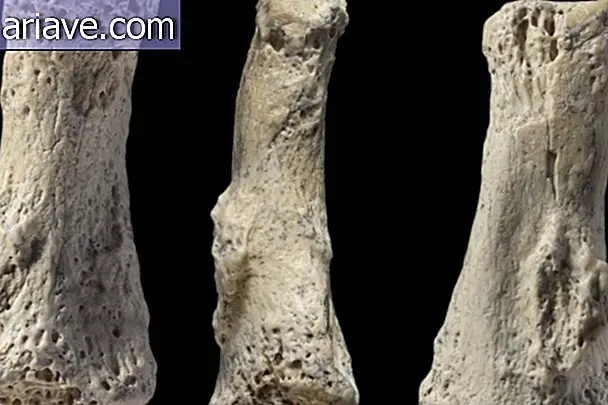How Does an Earthquake Simulator Work?

The aspects involved in the event of an earthquake are known. The earthquake is a consequence of the release of energy by the faults of the tectonic plates. The movement of the earth's crust generates underground fractures that propagate on the surface in the form of seismic waves.
What researchers are finding now is that the energy that reaches the earth in the form of an earthquake may be only 10% or less of all the energy generated in an event of this nature. To find out more about the processes of an earthquake, especially what happens below ground and how energy dissipates over time, a team at the University of Oklahoma has built a machine to simulate seismic disturbances.
The earthquake maker
The equipment operates from a mechanical steering wheel that stores energy by rotating at high speed. It is powered by a 100hp engine that can reach 3, 300 revolutions per minute in just a tenth of a second. The flywheel, located at the base of the machine, is attached to the center axis of the machine and the clutch disc that produces the frictional force to simulate earthquakes.
To conduct the experiment, the researchers rotate this wheel at a certain speed, the faster the spin the stronger the intensity of the simulated tremor. The clutch disc attaches to the steering wheel and brings the granite and dolomite blocks closer to the top of the equipment.
The encounter of this kinetic energy-laden rock block with the resting block at the top of the apparatus produces the seismic quake simulation. Sensors near and within rocks monitor how material deforms, breaks, and heats up in this process.
With this experiment, researchers have already discovered that most of the energy turns into heat, and a little is still spent crushing rocks to friction. Understanding how an earthquake's energy evolves over time can help engineers design better earthquake-resistant structures of great magnitude.
Via TecMundo











